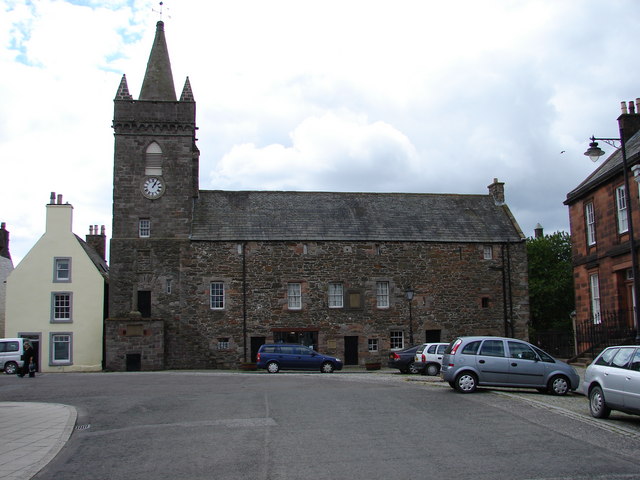|
Ringford
Ringford is a village in the historical county of Kirkcudbrightshire in Dumfries and Galloway Dumfries and Galloway ( sco, Dumfries an Gallowa; gd, Dùn Phrìs is Gall-Ghaidhealaibh) is one of 32 unitary council areas of Scotland and is located in the western Southern Uplands. It covers the counties of Scotland, historic counties of ... located at beside the Tarff Water. It is about north of the fishing town of Kirkcudbright. It has a war memorial and a village hall. The Kirkcudbright Railway used to run past the village, the nearest stop being Tarff. Villages in Dumfries and Galloway {{DumfriesGalloway-geo-stub ... [...More Info...] [...Related Items...] OR: [Wikipedia] [Google] [Baidu] |
Dumfries And Galloway
Dumfries and Galloway ( sco, Dumfries an Gallowa; gd, Dùn Phrìs is Gall-Ghaidhealaibh) is one of 32 unitary council areas of Scotland and is located in the western Southern Uplands. It covers the historic counties of Dumfriesshire, Kirkcudbrightshire, and Wigtownshire, the latter two of which are collectively known as Galloway. The administrative centre and largest settlement is the town of Dumfries. The second largest town is Stranraer, on the North Channel coast, some to the west of Dumfries. Following the 1975 reorganisation of local government in Scotland, the three counties were joined to form a single region of Dumfries and Galloway, with four districts within it. The districts were abolished in 1996, since when Dumfries and Galloway has been a unitary local authority. For lieutenancy purposes, the area is divided into three lieutenancy areas called Dumfries, Wigtown and the Stewartry of Kirkcudbright, broadly corresponding to the three historic counties. ... [...More Info...] [...Related Items...] OR: [Wikipedia] [Google] [Baidu] |
River Dee, Galloway
The River Dee ( gd, Dè / Uisge Dhè), in south-west Scotland, flows from its source in Loch Dee amongst the Galloway Hills, firstly to Clatteringshaws Loch, then into Loch Ken, where it joins the Water of Ken. From there, the Dee flows southwards to Kirkcudbright, and into Kirkcudbright Bay to reach the Solway Firth. The distance is just over in total. Together with its tributaries, the Dee's total catchment area is over . The river is dammed at Tongland, two miles (3 km) upriver from Kirkcudbright. This was constructed as part of the Galloway hydro-electric power scheme in the 1930s. Also at this site is Tongland Bridge, built in 1806 by Thomas Telford. The ruins of Threave Castle stand on an island on the lower part of the Dee. In Ptolemy's 2nd century work ''Geography'' it is recorded as ''Dēoúa''. This form represents a development of Proto-Indo-European'' *deiueh2-'' 'a goddess', which occurs in many Celtic river-names. The Dee has also been known a ... [...More Info...] [...Related Items...] OR: [Wikipedia] [Google] [Baidu] |
Kirkcudbright
Kirkcudbright ( ; sco, Kirkcoubrie; gd, Cille Chùithbeirt) is a town, parish and a Royal Burgh from 1455 in Kirkcudbrightshire, of which it is traditionally the county town, within Dumfries and Galloway, Scotland. The town lies southwest of Castle Douglas and Dalbeattie at the mouth of the River Dee, around from the Irish Sea. History An early rendition of the name of the town was Kilcudbrit; this derives from the Gaelic ''Cille Chuithbeirt'' meaning "chapel of Cuthbert", the saint whose mortal remains were kept at the town between their exhumation at Lindisfarne and reinterment at Chester-le-Street. John Spottiswoode, in his account of religious houses in Scotland, mentions that the Franciscans, or Grey Friars, had been established at Kirkcudbright from the 12th century. John Balliol was in possession of the ancient castle at Castledykes in the late 13th century and Edward I of England is said to have stayed here in 1300 during his war against Scotland. In 1455 K ... [...More Info...] [...Related Items...] OR: [Wikipedia] [Google] [Baidu] |
Kirkcudbright Railway Station
Kirkcudbright railway station served the town of Kirkcudbright, Dumfries and Galloway, Scotland from 1864 to 1965 on the Kirkcudbright Railway. History The station opened on 7 March 1864 by the Glasgow and South Western Railway The Glasgow and South Western Railway (G&SWR) was a railway company in Scotland. It served a triangular area of south-west Scotland between Glasgow, Stranraer and Carlisle. It was formed on 28 October 1850 by the merger of two earlier railway .... To the west was the goods shed as well as its respective sidings and a cattle dock which was built in 1894. To the north was the signal box, which opened in 1889, and a siding for the engine shed which was situated at the north end of the platform. In 1955 the engine shed closed and the signal box was replaced with a ground frame. The station closed to both passengers and goods traffic on 3 May 1965. References External links Disused railway stations in Dumfries and Galloway Railway statio ... [...More Info...] [...Related Items...] OR: [Wikipedia] [Google] [Baidu] |
